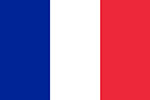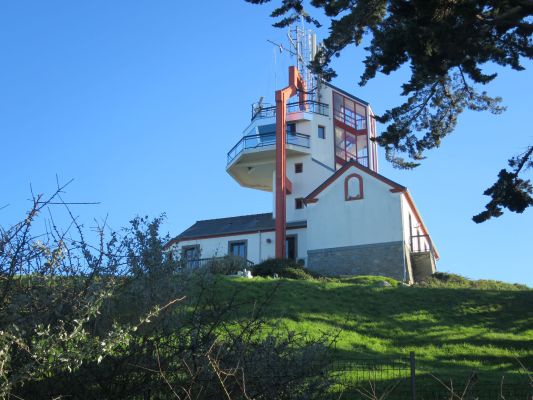The building, construction and function
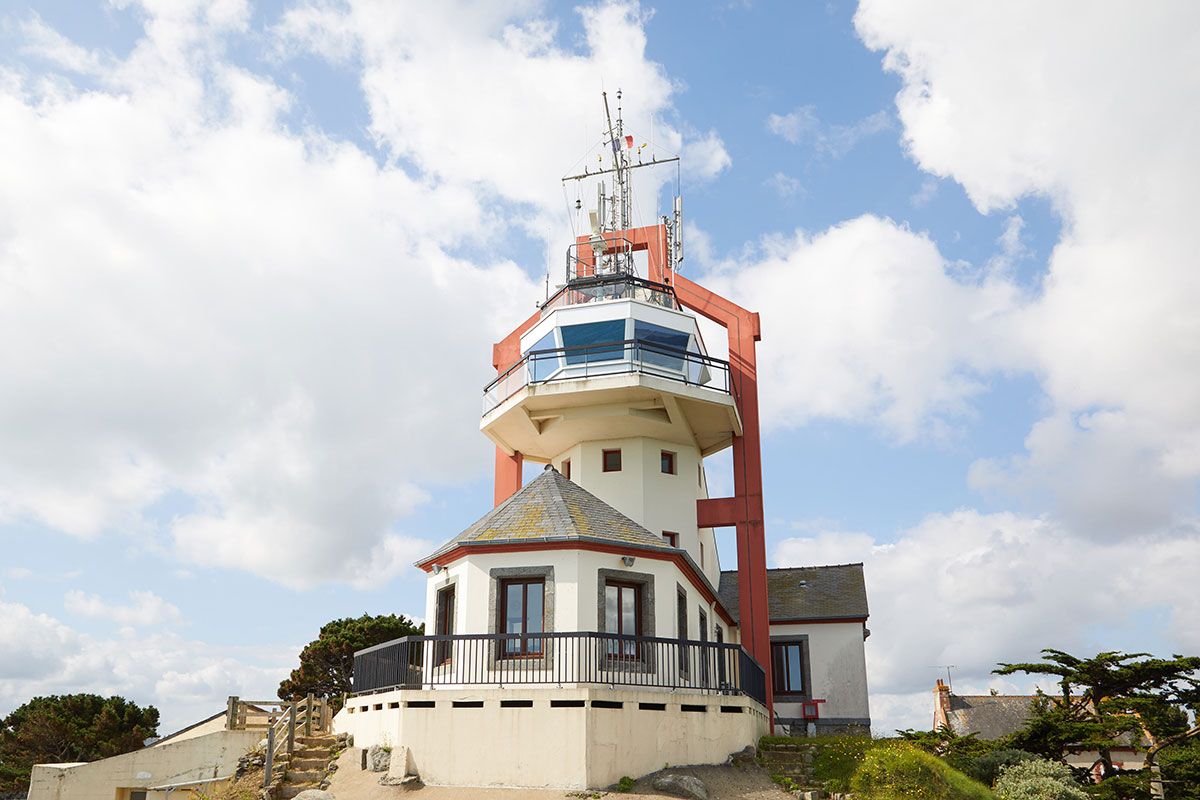
The pointe du sémaphore dominates the entire Bay of Saint-Brieuc. At 50 metres above sea level, it offers a panoramic view from Bréhat (to the north) to Cap Fréhel (to the south).
Coastal surveillance and defense have always been of prime importance in Brittany. Multiple dangers came from the sea… often from England!
A battery of cannons…
Since the end of the 17th century, a battery of cannons has been installed on this point. Coastal defense was then ensured by “militia coast guards”. In 1756, the year the 7 Years’ War between France and England was declared, an inspection of the coast’s defenses was ordered. The watercolor plan drawn up on this occasion shows the first mole of Portrieux, probably just completed, a two-gun battery at the “Priauté” and the 3-gun battery on the semaphore point, accompanied by a small guardhouse flanked by a signal mast.
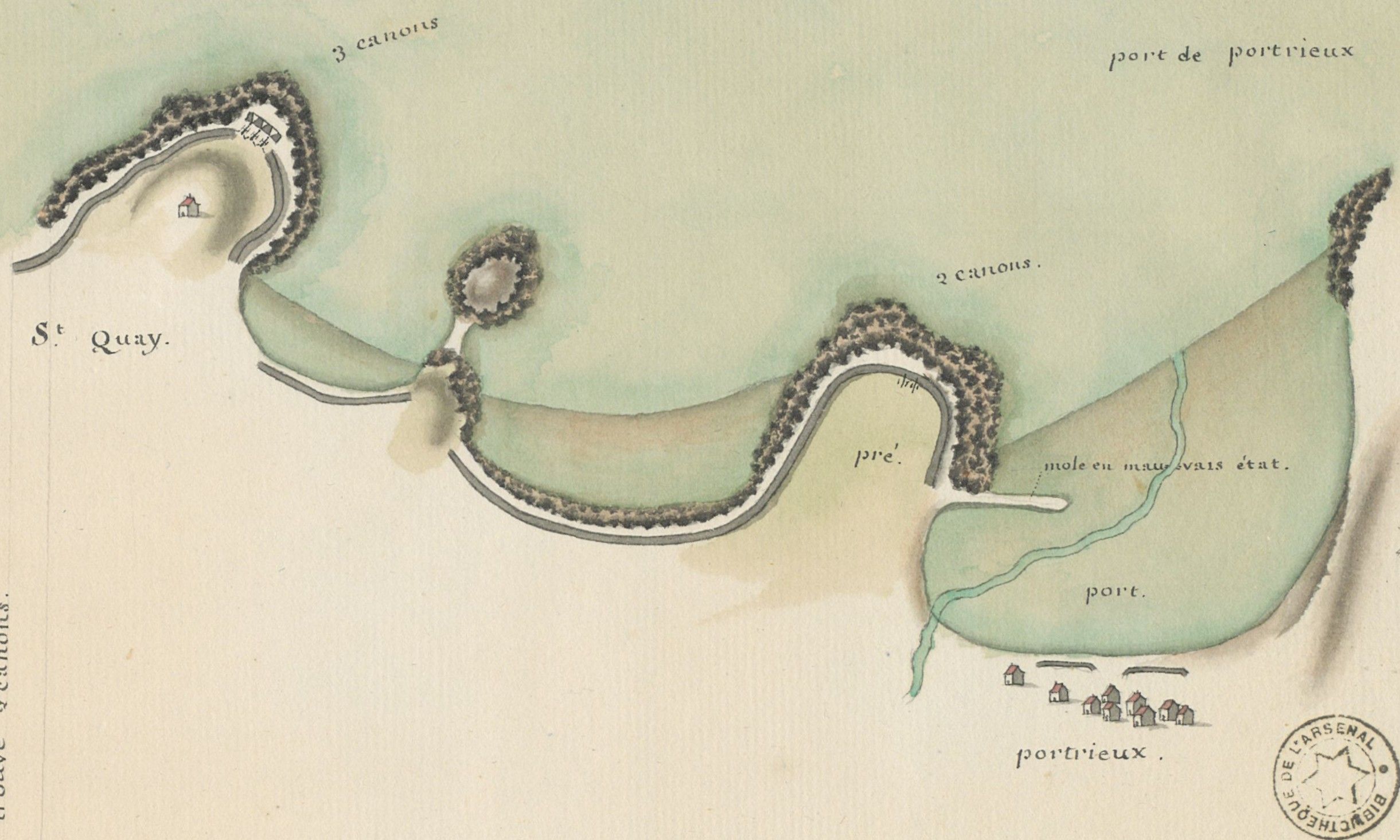
Saint-Quay et le port de Portrieux – Marquis de Caraman – in “Mémoire sur la Bretagne” – 1756
Bibliothèque de l’Arsenal
Since the time of Colbert, the coastline has been guarded and defended by a system of coastal signals. A continuous line of batteries, forts and guardhouses could theoretically communicate with each other by optical signals.
After the French Revolution, Charles Depillon developed a system that rivaled Chappe’s telegraph in simplicity and efficiency. A 12-meter mast, easy to assemble and operate, enabled communication with ships and from one semaphore to another. The Depillon masts, spread along the coast, were particularly useful during the continental blockade from 1805 to 1814.
The Saint-Quay semaphore signal station was equipped with a Depillon mast, still in use at the beginning of the 20th century.
In 1858, the structure passed from the administration of the estates to that of the customs, who used the guardhouse as an armed post for customs officers.
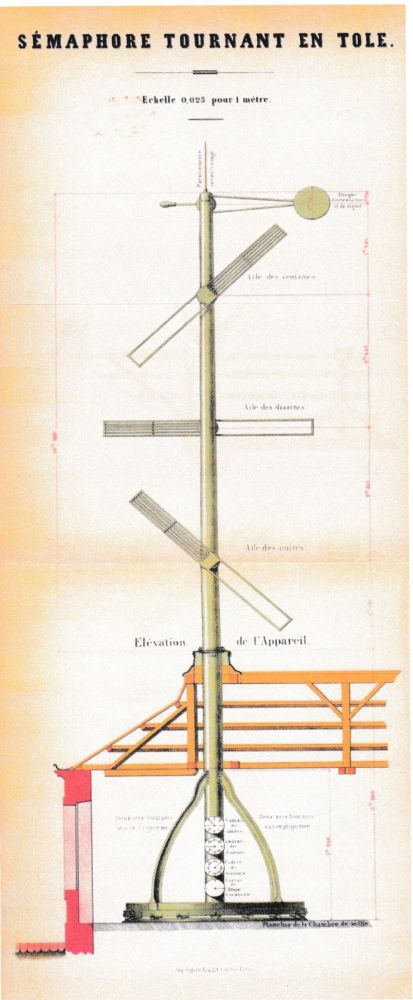
Le mât Depillon
1860: The first “semaphore”
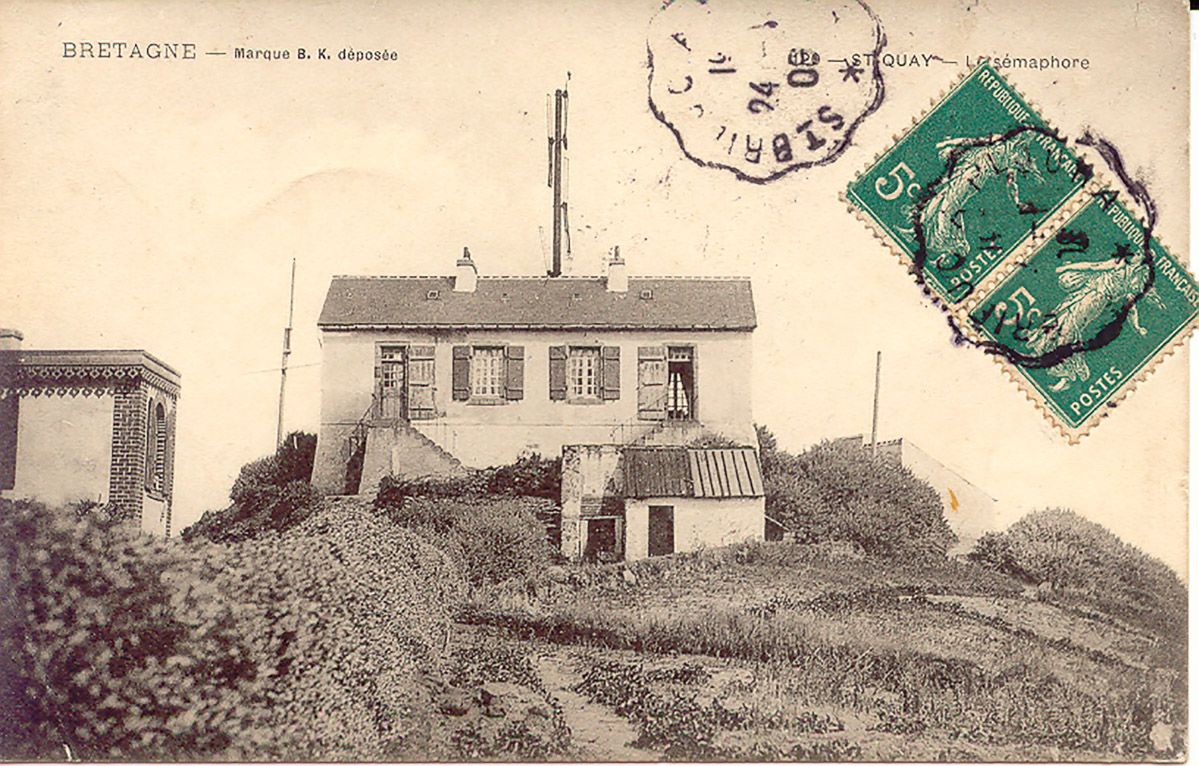
Two years later, the land was acquired by the Navy and the first building was erected. With a standardized floor plan, it included a watch room and the watchmen’s house (mostly retired civilian maritime registrants) integrated into the building.
The semaphore’s mission is to monitor the coastline of the Bay of Saint-Brieuc, as well as local fishing and yachting activities. It provides weather warnings, communicates with passing ships and transmits disaster signals.
Its Morse telegraph station enables maritime administrations to communicate with each other. It also serves the public.
Like all semaphores, it is white and regular in shape.
Two civilian watchmen are assigned to maneuver the semaphore and electrical equipment, and maintain the installations. The post is equipped with the following instruments: barometer, thermometer, bearing compass, telescope and telegraph equipment. It is topped by the famous Depillon mast. Next to it, a ship’s mast rigged with a horn is used to communicate with offshore vessels using the signal flags used in navigation. It is also used to give meteorological indications. When a gale is forecast, black balls and cones indicating its strength and direction are hoisted on the mast.
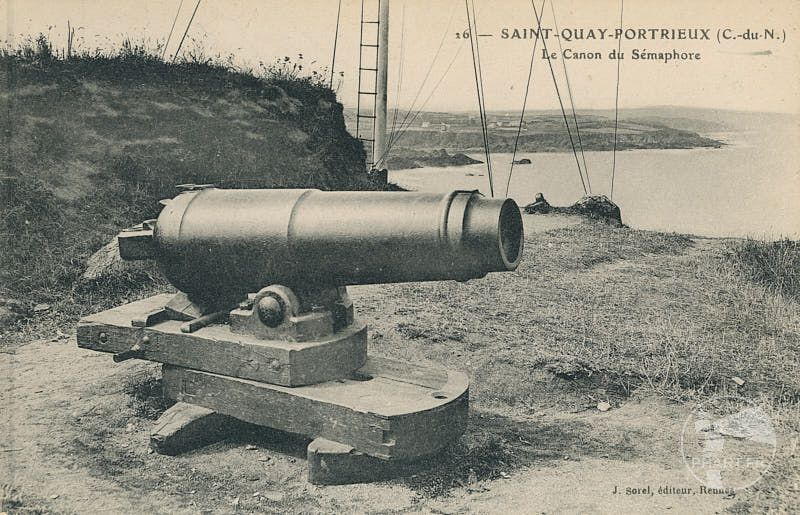
The semaphore is equipped with a signal gun. If a ship in difficulty is sighted or reported offshore, the lookouts hoist a black flag on their mast and fire two cannon shots at five-minute intervals to warn the lifeboat crew. The cannon is also used to warn a ship of an (optical!) message.
The Saint-Quay semaphore remained in operation until 1950, when the premises were made available to the maritime registry (the administration responsible for registering all seafaring personnel, coastlines and navigation regulations). In 1958, the Hospitaliers Sauveteurs Bretons (HSB), an association dedicated to sea rescue, took over the daytime watch, first in summer, then 7 months a year, with the support of the Compagnie Républicaine de Sécurité, the CRS 13 of Saint-Brieuc, to ensure the safety of pleasure boating, fishing and during high tides.
In 1973, the Société Nationale de Sauvetage en Mer (SNSM) took over, following its merger with the HSB. The daytime watch became a permanent feature, again with the help of the CRS 13.
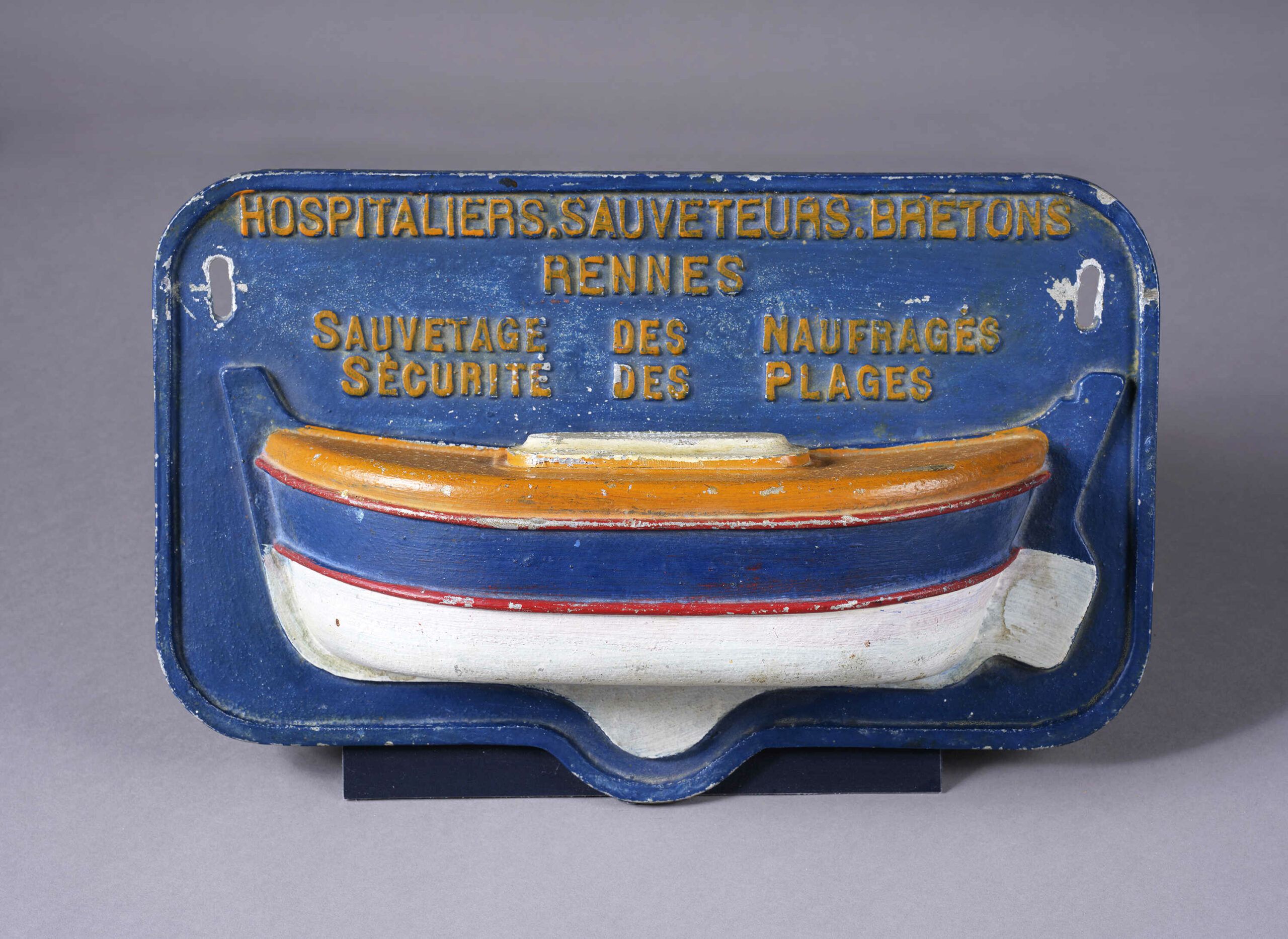
Reconsidering surveillance
From 1970 onwards, the commissioning of the first nuclear-powered ballistic missile submarines (SNLE) at the Ile Longue military base in Brest led to a rethink and reinforcement of the coastal surveillance system.
In 1978, the sinking of the supertanker Amoco Cadiz off the coast of Portsall caused an appalling oil slick, and in the aftermath of the disaster, a growing awareness of the need to improve safety at sea.
Numerous measures were put in place: reorganization of maritime traffic in the Channel area, modification of decision-making methods for faster rescue operations, improved coastal surveillance thanks to the CROSS (Centre Régionaux Opérationnels de Surveillance et de Sauvetage), reorganization of the semaphore network, coordination of all government resources operating at sea, whether military, chartered, civil, private or associative, such as the SNSM.
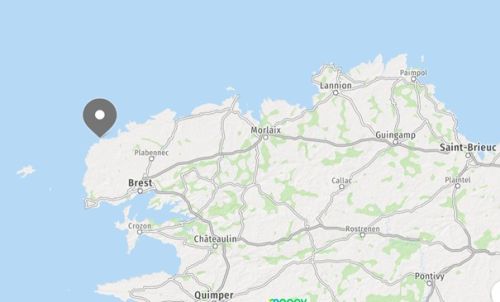
Lieu du aufrage de l’Amoco Cadiz – Portsall – 16 mars 1978.
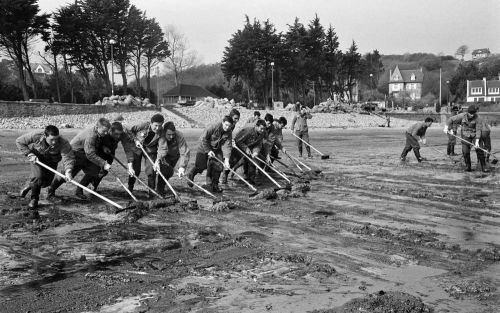
1980: renovation of the building
With the intention of rearming the semaphore, the Navy took over the building in 1979.
After an initial renovation, major work was carried out in 1985 to transform the building. The original building was enlarged, and a 12 m-high, semi-octagonal tower with panoramic viewing room was built. This is the tower you see here.
It is surrounded by a red portico which, according to the architect, is reminiscent of Breton gables in shape and white in color, restoring the station’s function as a landmark for navigation.
The wooden signal mast, knocked down in 1986, has now been replaced by the radar masts and antennae overhanging the tower.
Current semaphore missions
The Saint-Quay-Portrieux semaphore belongs to the French Navy and is part of the Atlantic semaphore chain, a surveillance system for sea, air and land, military and civilian space, which provides a permanent 24-hour watch.
- It monitors all maritime traffic, identifying and tracking all vessels cruising close to the coast using the AIS (Automatic Identification System) to detect any illicit or risky activity.
- It participates in life-saving operations under the direction of the CROSS,
- It issues weather forecasts for navigation, and warns of storms,
- Ecological watch (prevention of marine pollution),
- It assists other administrations (customs, fisheries police),
- Finally, it can advise ships on the route to follow…
Although their role in transmitting communications has lost some of its importance, active coastal surveillance remains indispensable, especially as lighthouses at sea are no longer manned.
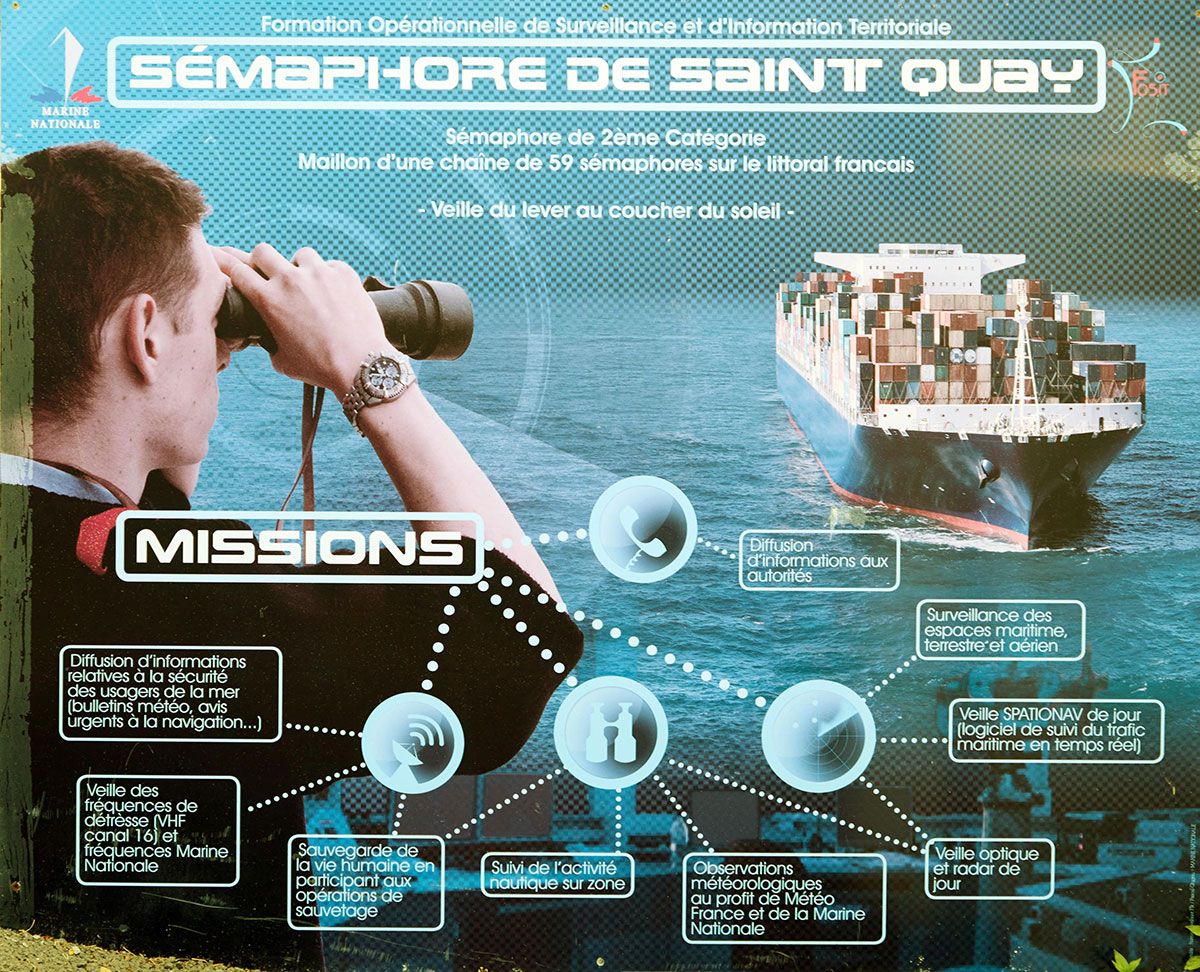
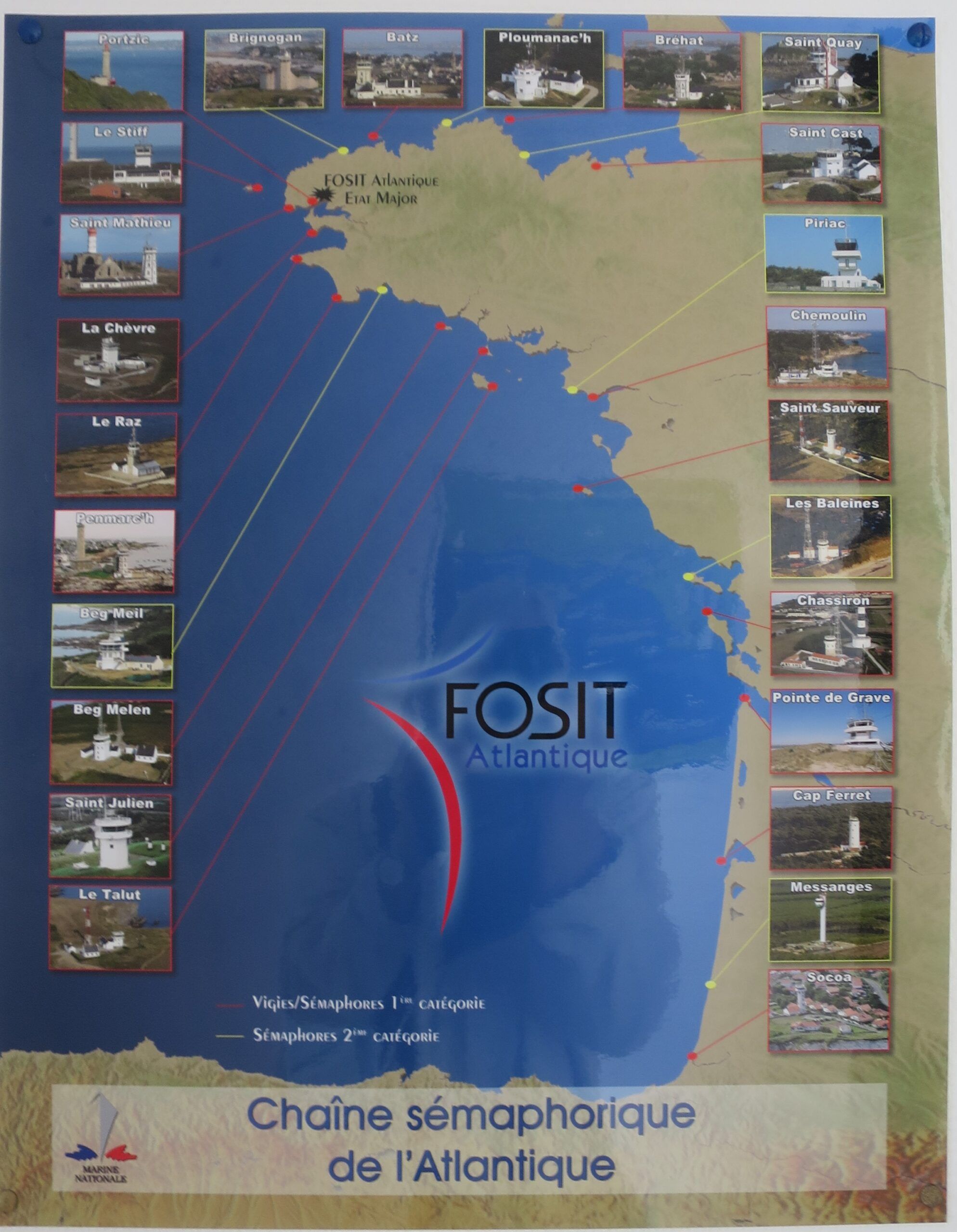
Semaphore watchers
To carry out all these missions, the semaphore is currently manned by a station chief and a team of French Navy lookouts, who take turns keeping watch from sunrise to sunset. This watch can be extended to 24 hours a day if circumstances require. They are also responsible for maintaining the building and green spaces.
Semaphore watchkeepers of both sexes have military status, and are recruited between the ages of 17 and 30 on renewable four-year contracts. They undergo several months’ training before taking up their duties.
Interviews
Le métier de guetteur
Présentation du Second Maitre Enora
La vie au sémaphore
